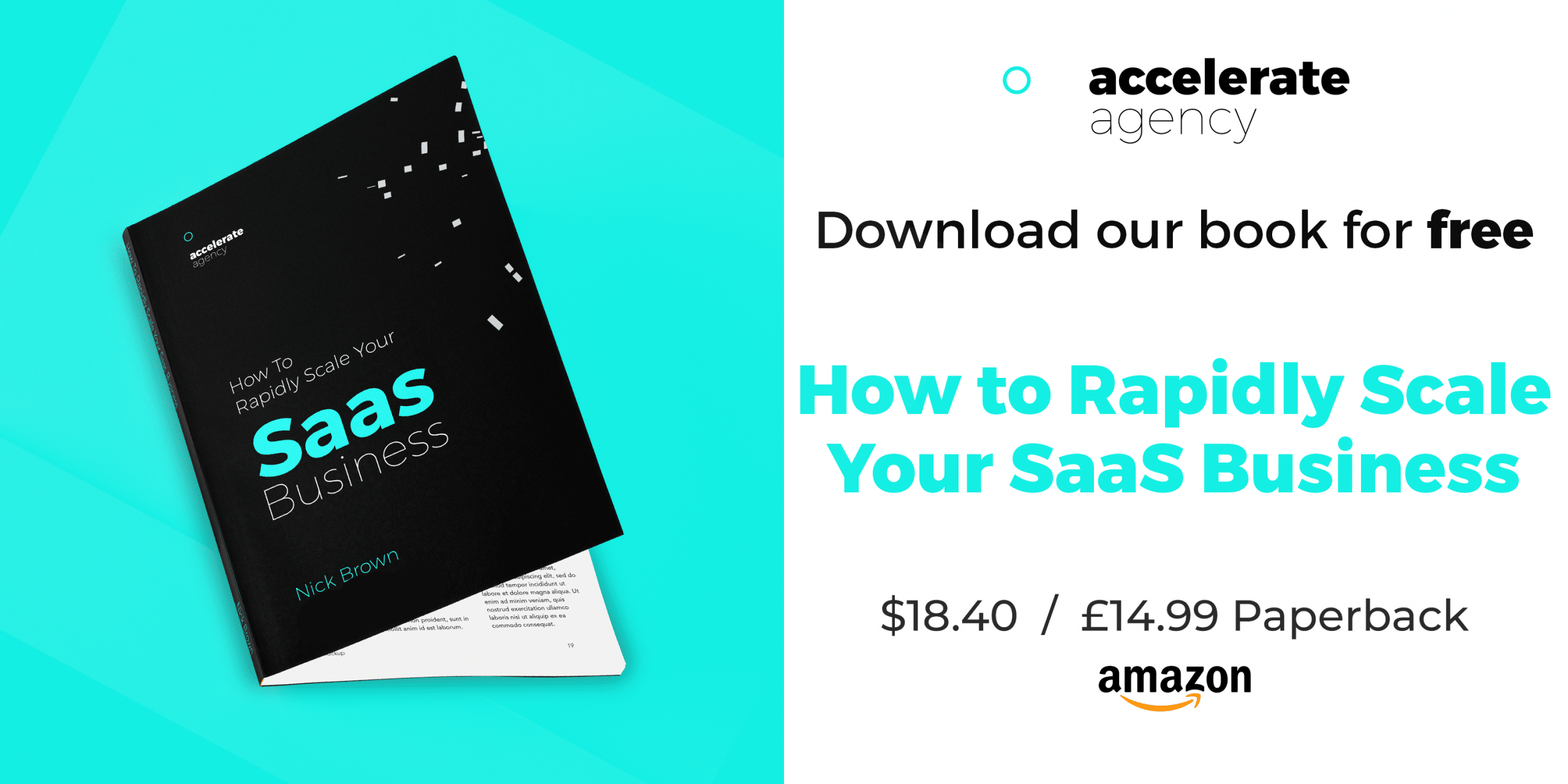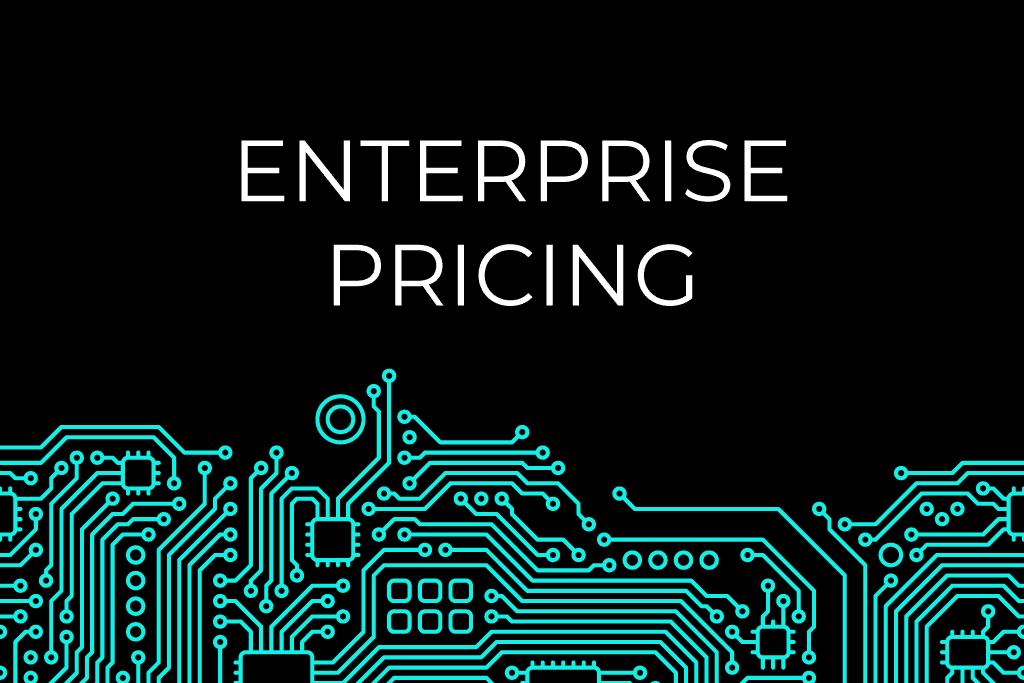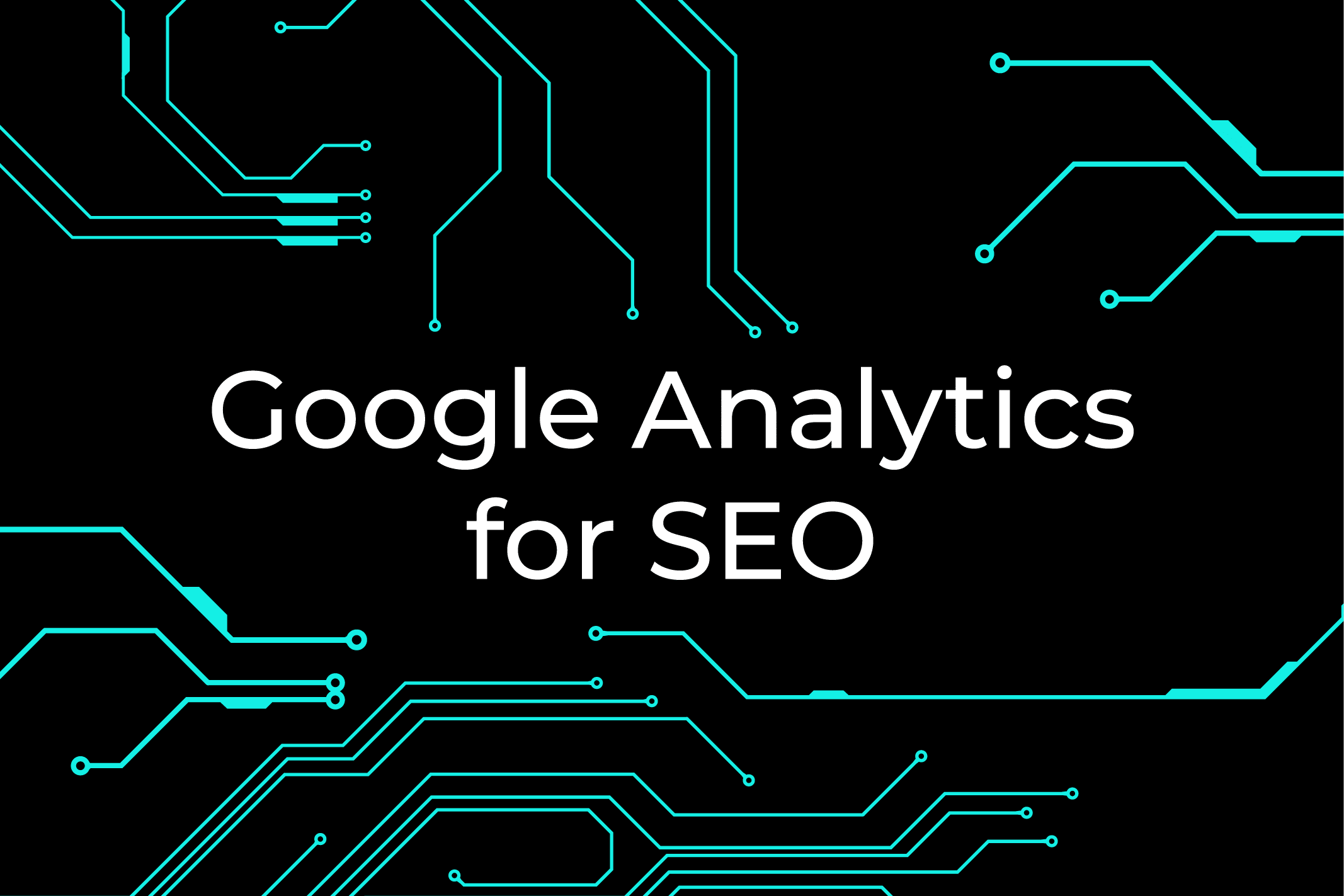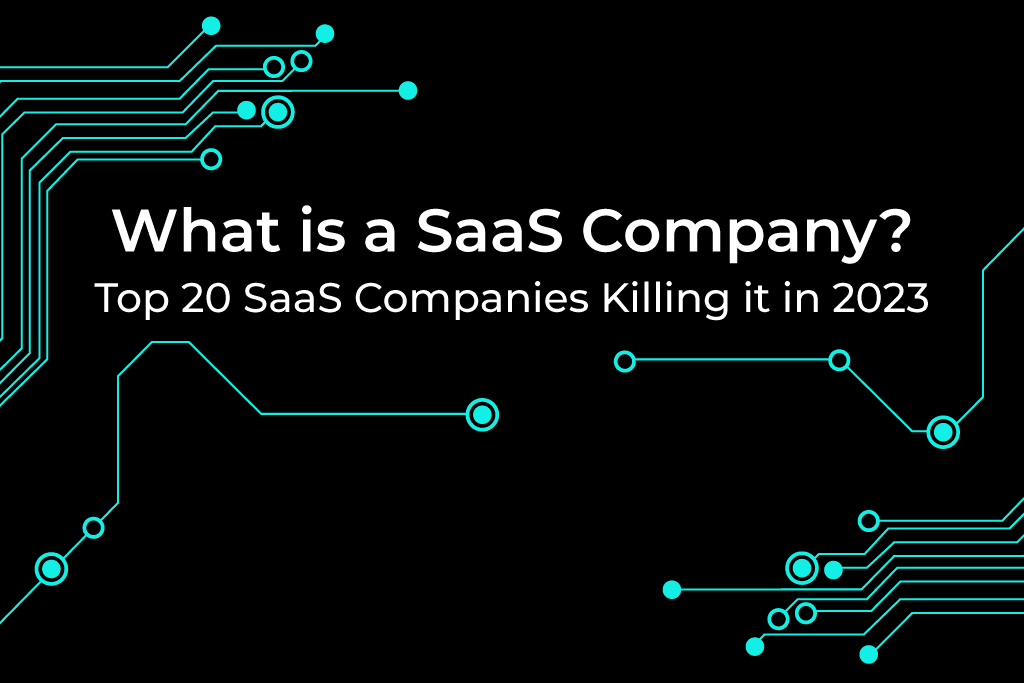SaaS Valuation Calculator: Learn How Much Your Business is Worth
There comes a time in the life of a SaaS business where a SaaS valuation is needed: It can tell you approximately how much your company is worth in the contemporary market.
So, if you’ve reached that point in your business lifecycle, read on to learn:
What makes SaaS companies so valuable?
Key SaaS metrics for calculating valuation
How to find your SaaS valuation multiple
Five ways to improve your SaaS valuation
What makes SaaS companies so valuable?
SaaS valuations tend to be higher than their traditional counterparts because they rely on recurring revenue.
After the initial investment, the ROI can be pretty high. Additionally, many rely on cloud technologies, allowing them to scale infinitely and cost-effectively as the demand for their service grows.
Get our free Ebook “How to Rapidly scale your SaaS”
Types of SaaS valuations

SaaS businesses usually work on a subscription basis, so initial costs decrease while clients remain loyal and bring in revenue.
They still use revenue metrics like Annual Recurring Revenue (ARR), though other factors influence the value of the company.
The basics of SaaS valuation can be split into three categories: SDE, EBITDA, and revenue-based valuations.
Book a Consultation
Revenue-based valuation
Revenue-based valuation is based on a business’s ARR.
In traditional business, it’s the last resort, not as nuanced as other options.
It does have some advantages when it comes to SaaS valuation because SaaS clients generate predictably recurring revenue.
A revenue-based valuation is pertinent if your company has just achieved product-market fit and is likely to grow.
If your company is about to enter a high-growth phase, it won’t necessarily generate a huge profit. While your revenue will grow, so will your outgoings, which builds a more stable business.
If your business isn’t growing, then a revenue-based valuation won’t accurately predict future profits.
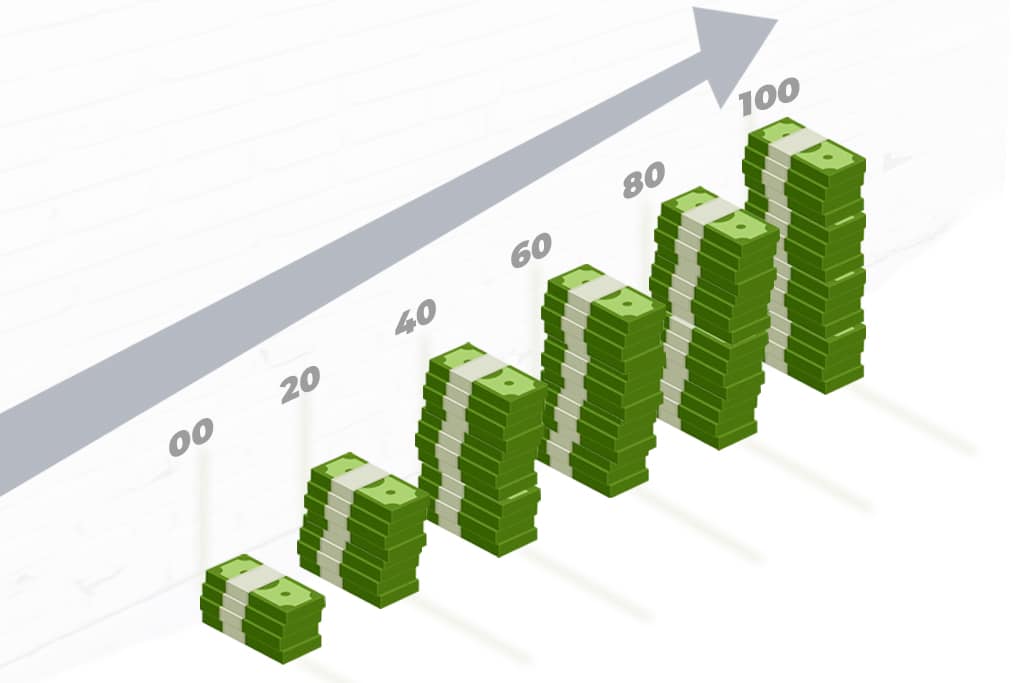
SDE-based valuation
Seller’s Discretionary Earnings (SDE) focuses on the profits made by the owner after the cost of goods and operating expenses have been deducted.
In the SDE model, the owner’s salary or dividends can be added back into the final number in the SDE model.
It’s usually used for younger businesses because it highlights the true profitability of the business’s future.
The calculation of SDE is:
Revenue – Cost of Goods Sold – Operational Expenses + Owner Salary.
If the business relies on the owner for management or expertise; the revenues are growing less than 50% year-on-year; or it makes less than $2 million per year on average, an SDE valuation will likely be an advantage.
EBITDA-based valuation
For bigger businesses, you’re likely to see the EBITDA framework. Across the software industry, EBITDA is typically used for businesses valued at more than $5 million ARR.
What does EBITDA stand for?
EBITDA stands for Earnings Before Interest, Taxes, Depreciation, and Amortization.
It takes into account that owners likely have a less direct influence on the everyday running of the business, often hiring CEOs or General Managers to take their place.
It’s profit-based: Your organization may have reached the rule of 40, or be working at a low Customer Acquisition Cost.
What is the rule of 40?
The rule of 40 is a popular SaaS concept, though it doesn’t always accurately portray the health of a business.
It states that when a SaaS company’s growth rate is added to its free cash flow rate, it should equal 40% or above. This doesn’t always give you the full picture. Research from McKinsey suggests that barely a third of software companies attain this goal, and even fewer manage to keep it up sustainably.
EBITDA valuation shows the company’s ability to generate sustainable, strong cash flow without the rule of 40.
To work out a company’s value through the EBITDA framework, use the calculation:
Net Income + Interest + Taxes + Depreciation + Amortization.
Key SaaS metrics for calculating valuation
These frameworks may sound complicated, but the basic valuation of your SaaS business relies on five key metrics:
Business Size—Annual Recurring Revenue (ARR)
ARR and Monthly Recurring Revenue (MRR) are good benchmarks for business valuation.
You can calculate the ARR by tracking new sales, client renewals, and churn rate each year.
Then it’s a simple formula:
ARR = (Subscription Cost Per Year + Recurring Revenue From Add-ons or Upgrades) – Revenue Lost.
Profitability—Gross margin
Gross margin rates can tell potential investors about the scalability they can expect. It compares the amount of gross profit a business makes with its overall revenue.
To find a business’s gross margin, use the following calculation:
Gross Margin = (Revenue – Cost of Goods Sold) ÷ Revenue
Momentum—Growth rate
The momentum of a SaaS business depends on the niche you’ve carved out for yourself. Typically in high-growth rate businesses, you’ve either captured a significant portion of the existing market or created a new one.
Whilst this growth rate won’t necessarily be reflected in profits, it can hint at future profitability when paired with high-margin recurring contracts.
It’s calculated by looking at a range of metrics, including MRR, active customers, and average revenue per user (ARPU).
Because the growth rate measures change over a specific period, the calculation formula looks like this:
Growth Rate = (End Value – Beginning Value) ÷ Beginning Value
Quality of product/service—Net Revenue Retention
Net Revenue Retention (NRR) defines how much recurring revenue your business retained from existing customers over time. It shows how the business’s revenue might shift if you made no further sales.
Net Revenue Retention = (MRR or ARR + Upgrade Revenue – Lost Revenue (from reduction/churn)) ÷ Original MRR or ARR
It’s a great indicator of product or service quality. If clients are upgrading more than they’re churning, your product essentially sells itself.
Market sentiment (a.k.a. The Multiple)
Once you’ve calculated your business’s value, based predominantly on either revenue, SDE, or EBITDA, you have to predict the multiplier value that potential investors will use.
Investors use a multiple to try to predict how valuable a business will become in the future. If it’s going to grow hugely in profitability, you’ll get a larger multiplier.
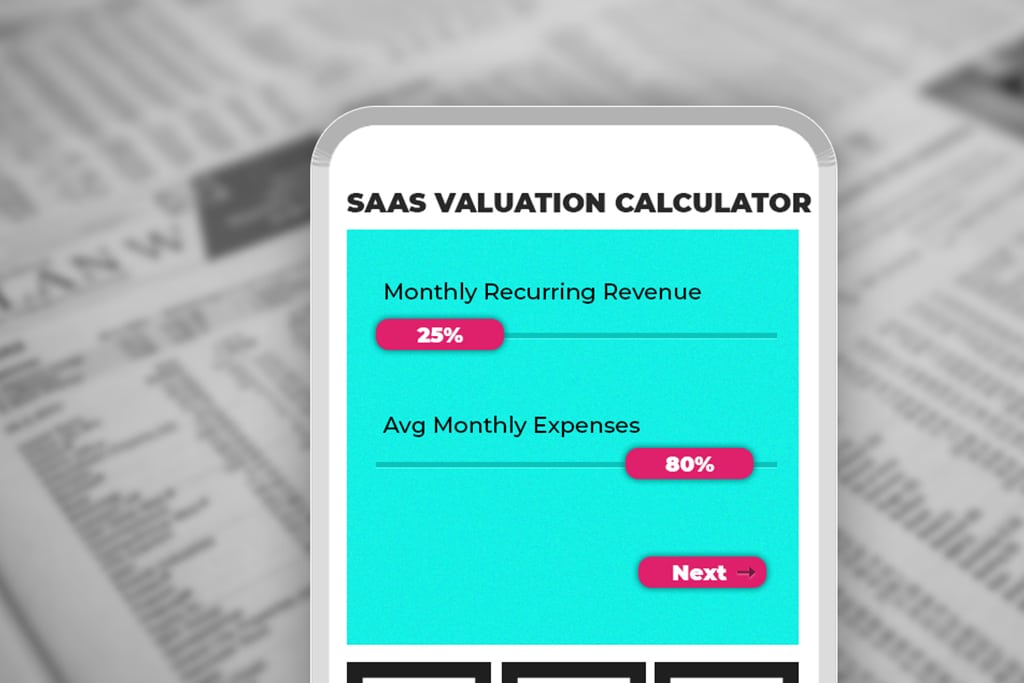
How to find your SaaS valuation multiple
Your SaaS valuation multiple is not entirely unpredictable; there are several ways you can look to predict it.
The valuation formula
Because there are so many variables in SaaS businesses, the valuation formula is slightly vague: Multiply three of the above four metrics together, then multiply the result by 10.
For example: Valuation = 10x (ARR x Growth Rate x NRR)
To find the valuation multiplier, divide that result by the original ARR.
So if your ARR is $10 million, your growth rate is 40%, and your NRR is 105%, your valuation would be 4.2x your revenue—around $42 million.

Secondary valuation factors
The valuation of any business can also depend on a range of secondary factors. Some common ones in the SaaS industry are below.
Age of business
The older a business is, the more it can demonstrate sustainability and predict future profit. At around three years, businesses start to gain a premium on the valuation.
Market trends
Like in other sectors, market trends can have a significant impact on business valuations. If everyone’s vying to get into SaaS, the market price will soar!
Churn
Churn is one of the most important secondary factors in calculating value, as SaaS businesses rely on customer retention. It’s less important for companies serving smaller businesses, as the churn rate can be skewed by the client-side business failing.
Customer Acquisition Cost and channels
Customer Acquisition Cost (CAC) is the money spent convincing a customer to purchase your product or service. It can span various channels, including salaries, PPC campaigns, and other marketing expenditures.
Divide all of these costs together by the total number of new customers, and you’ll find your CAC.
Customer Lifetime Value
Customer Lifetime Value (LTV) allows you to estimate the total revenue a customer will generate for your business throughout their lifetime. It takes into account churn rates, length of time as a customer, and gross profit.
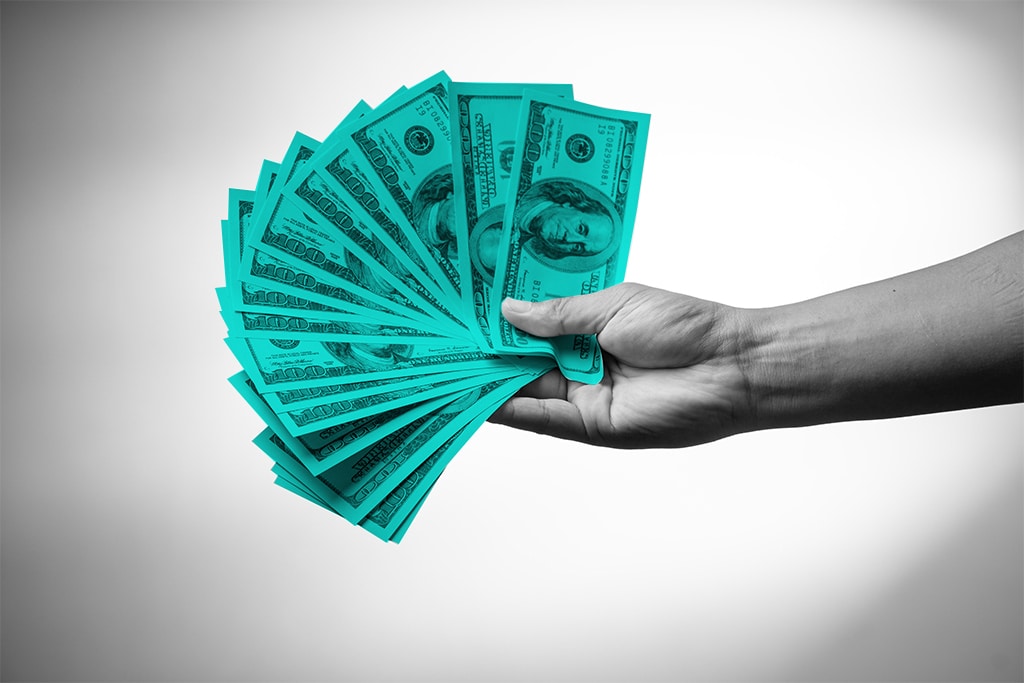
Five ways to improve your SaaS valuation
There are some things you can’t control, like market trends. But there are ways to improve your SaaS valuation!
1. Reduce churn
Reduce churn and you can ensure customer lifetime value figures stay high. A low churn rate also tells investors that your proposition is sustainable.
2. Secure your Intellectual Property (IP)
Without securing your intellectual property, another business could muscle in on your niche or halt your operations. Ensure you have trademarked or patented all relevant code and products and any important assets.
3. Document and standardize the process and source codes
It is especially important if you’re a hands-on owner or founder: Investors want a business that will keep running as efficiently as before they bought it, so processes need to be well-established, and employees must carry on without your guidance.
4. Stabilize pricing strategy
Pricing has a big impact on a business’s bottom line, so having a stable pricing strategy demonstrates knowledge of your product market.
Ideally, you’ll be increasing your annual prices to counteract inflation while adding new value for your customers to ensure they remain loyal.
5. Strengthen marketing channels and positioning
A well-established market position will make it harder for competitors to overtake your business and make it easier for investors to see the value in buying. Focusing on SEO will give you website authority and show you have diversified marketing channels, we are a dedicated SaaS SEO agency.

Conclusion
Though a SaaS valuation can depend on various factors, there are some constants. By keeping track of your chosen metrics, as well as the current market, you should be able to confidently calculate how much your business is worth.
